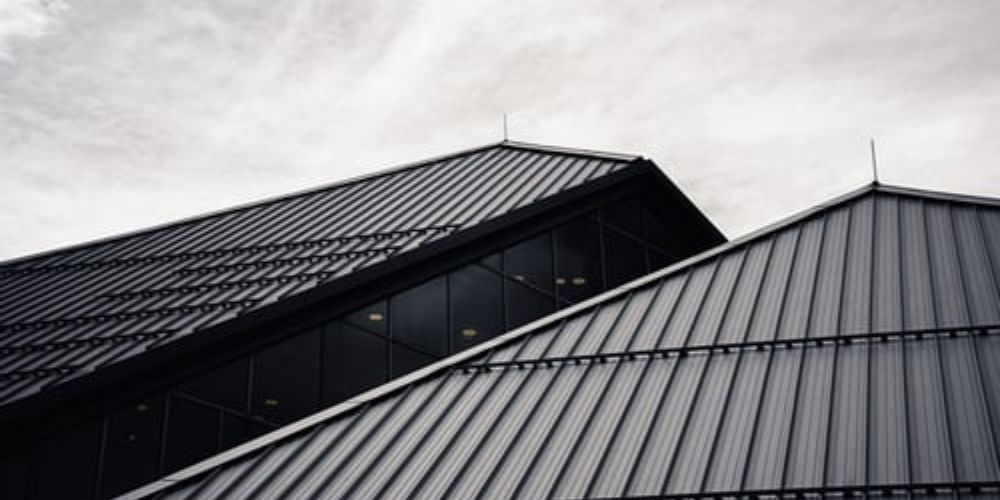Regardless of your religious beliefs, this approach is very accurate when it comes to determining if it’s time to replace or repair your roof. If you see these signs, then it’s time to get your roof replaced. They tell us that the shingles are already reaching the end of their lifespan.
1. Curled, fractured, or non-existent shingles. This is a sign that the shingles are nearing the end of their useful lives. If you notice a lot of these types of shingles (or none at all), you should consider having your roof replaced.
2. Shingles that are black, filthy, or damp If moisture is trapped under shingles, they aren’t doing their job. Remember that the moisture may not be under the troublesome shingle (since water runs downhill).
3. In gutters, there are a lot of shingle granules. When composite or asphalt shingles begin to wear out, the granules fall away. These particles frequently end up in your gutters. The particles have the appearance of coarse black sand.
4. Deterioration of roof objects and apertures. Chimneys, vents, pipelines, and other things that pierce your roof are potential sources of damage. Fixes are frequently limited to these specific locations.
5. Exterior paint that is blistering or peeling. Moisture or increased humidity might build up near the roofline if your attic is improperly aired, causing paint to peel or blister. (This could also be a sign that your gutters are failing.)
6. Interior ceilings or walls stained. Many different factors might create water stains or discoloration on walls or ceilings. However, the underlayment on your roof could be admitting moisture into your home, causing the stains. This issue can be resolved by replacing your roof.
7. After a downpour, there are leaks in the attic. It may be as simple as repairing some flashing if rain is entering into your attic. However, if the problem is caused by a porous underlayment, you’ll almost certainly require a new roof.
8. A drooping roof deck is number eight. If the decking or rafters in your attic are sagging downward rather than standing straight, they may be wet from moisture leakage. You might be able to avoid a complete roof replacement if the problem is isolated.
9. The presence of light from the outside in your attic. If you’re up in the attic during the day and notice streams of light flowing in, keep in mind that water can enter via the same spaces. Examine the shingles to see if they require replacement.
10. Increased energy costs. If you notice a sudden increase in your air conditioning or heating bills, it’s possible that cool or warm air is leaking out through your roof. However, if you repair the ventilation problem in your attic, you should see a reduction in your heating and cooling costs.

